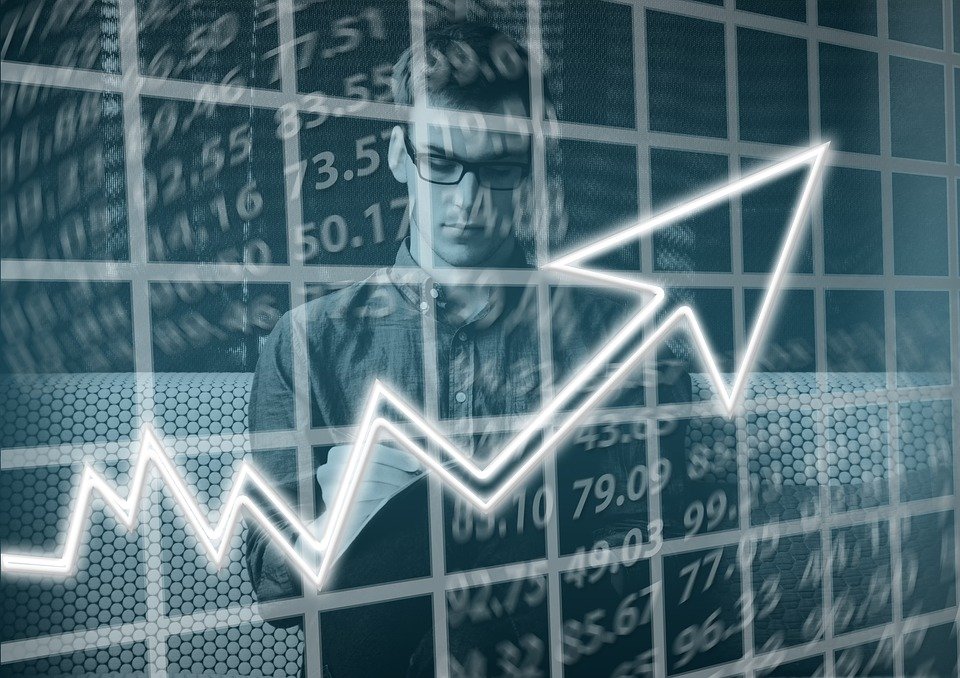
So you want to start trading in forex? Well, that's a great choice, says NovaTechFX of Kingston, St. Vincent, and The Grenadines, and I'm sure you will do well. But before we get started, several steps are required, including what the different types of trading are and other important facts about forex trading. Don't worry if it all sounds confusing right now —take note of these points, and we'll discuss them later. Now let's get started.
What is FOREX Trading?
First of all, what exactly is forex? EUR/USD? With banks face-to-face every day to buy and sell currency pairs like EUR/USD, they are trading two currencies.
So the first definition of forex trading (which is what this article is about) has to do with trading on currency exchanges. It's where you buy and sell one type of currency for another. This allows people to take positions on the changing value of the currencies, whether they think it will go up or down.
The second definition of forex trading has to do with trading commodities. Commodities are raw materials typically traded by companies who mine them, produce them, and use them for production. Some examples include gold, silver, wheat, oil, and natural gas.
The third definition of forex trading is a trading strategy in which multiple currencies are traded to hedge against currency risk or take advantage of market opportunities.
Is Forex Trading Difficult?
Forex trading is difficult because it involves making predictions on the value of currencies, but before you get into that, you should understand how the forex market works. The forex market allows people from all over the world to buy and sell different currencies 24 hours a day throughout five days a week! That's right — no closing time for this market. The forex market is the largest financial market in the world but is not open on weekends.
The forex market works like this, says NovaTechFX, at any moment, some people want to buy or sell currencies, and these people make up the demand for a currency (the amount they want to buy). Based on how many people are buying or selling at that point in time, you can determine how strong their demand is for that currency.
Then, based on the number of buyers and sellers, you can calculate where the price should be. The stronger the demand, the more expensive it should be (and vice versa). That's how prices are determined through supply and demand at any given point in time within a day.
Currencies Are Traded In Pairs
Currencies are traded in pairs, which means you're buying the first currency with the second. The first currency is the base currency, which means it's always expressed in the other currency (the one that changes value).
For example, if you were planning to buy two Australian dollars, says NovaTechFX, you would be buying AUD/USD. If you wanted 1.45 British pounds, then GBP/USD would be what you were trading. But this doesn't mean that one unit of the first currency always equals one unit of another — quite often, it won't be because of price fluctuations. It also doesn't mean that currencies are limited to only being sold or bought in specific pairs. However, certain pairs are more common than others.
What Currencies Can Be Traded
There are hundreds of currency pairs that can be traded, but the most common include EUR/USD, USD/JPY, GBP/USD, or AUD/NZD.
Pips Lots and Leverage
Now that you know the basics of how currencies are traded, NovaTechFX breaks down how prices are determined.
Pips
A pip is another word for a percentage in point. Each currency pair is assigned a value that represents its base price. The first currency in the pair is assigned 100 pips, which makes it worth $10. For example, if EUR/USD were trading at 1.1220, one euro would be worth about $1.12 ($1 * .91), and each pip would be worth 9 cents ($1 / .91).
Lots
Each pip is worth a certain amount — 100 pips make up one lot. One of the most common reasons for trading is to make money on price fluctuations, so if you think the value of a currency will go up, you would "buy" it. If you think it will go down, then you would "sell" it.
Leverage
The reason that forex trading is considered risky has to do with leverage. Leverage allows people to trade more currencies than they have by borrowing money from their broker (or another source). This means that even though someone might only have $10 or £10 in their account, they can still buy or sell as many as 5 million British pounds or 200,000
When traders trade, they don't have to put up all their money or sell everything they own to take a position or buy on margin. Instead, they use leverage, which means they only have to put up a small percentage of the money needed. For example, if you were trading on 100:1 leverage, you would only have to deposit 1% of your position, which means that even with just $10 or £10 in your account, you could still buy $100,000 worth of currency.
How to Start Forex Trading Today
As mentioned above, there are several steps required to start forex trading. First off, you'll need a broker account that allows you access to the market. And second, you'll need an account with a forex market maker. You'll also want to familiarize yourself with terms like bid price, ask price, offers, and asks. Make sure you read all about those before getting started.
